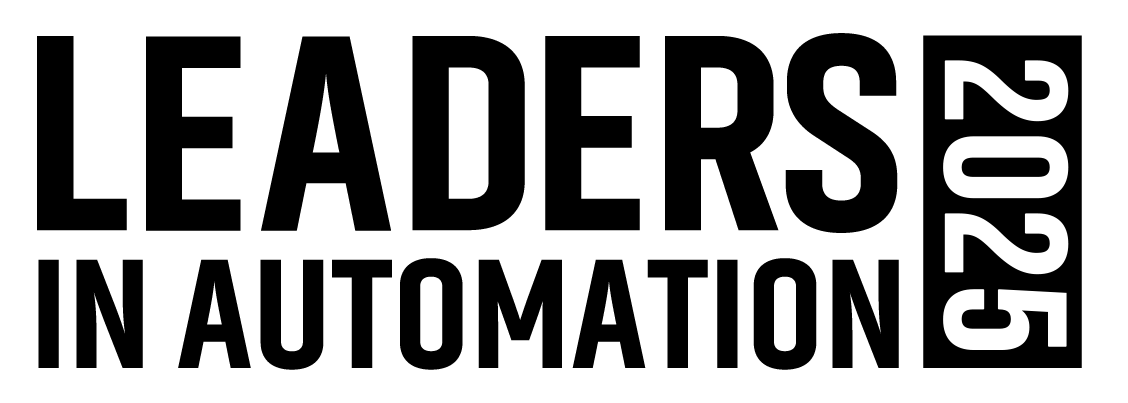95% of Industry Executives Say Companies Must Reinvent Operations or Face Extinction by 2035
- Majority of responding executives believe companies still dependent on distant offshore suppliers by 2030 will be extinct by 2035, driving a strategic shift toward supply chain proximity over cost savings.
- Companies are replacing rigid systems with flexible, real-time adaptable operations, with 49% expecting fully modular systems and 32% anticipating self-healing supply chains by 2030.
- 90% of leaders are rethinking job roles across their organizations, with 52% expecting most or all workforce roles to be AI-amplified by 2030, moving far beyond specialized tasks.
PwC recently surveyed more than 500 US-based executives from companies across industrial sectors with more than $500 million in annual revenue. The results show that these leaders believe the playbook of industry’s past is now obsolete, said Ryan Hawk, industrial products and services Leader at PwC US.
“What worked during globalization’s peak, such as siloed manufacturing systems, energy dependence and offshoring, is now a liability,” he added. “Nearly three-quarters (73%) of respondents said that companies that don’t embrace industrial realignment will be irrelevant within a decade. And 95% agree that organizations across these sectors should focus on redefining their market approach, rather than simply adapting to current conditions. The path forward isn’t about doing the old things better. It’s about doing entirely new things, in entirely new ways.”
Following are what Hawk calls the “five forces driving the next industrial revolution”:
AI is reshaping the workforce
Forget the idea that AI will slowly creep into operations or existing processes. It’s already here and it’s changing the definition of work across the industrials and energy sectors. 90% of leaders say AI is causing them to fundamentally rethink job roles across their organization. More than half (52%) of executives imagine most or all the roles in their workforce will be AI-amplified and enhanced by 2030, with intelligent tools woven into day-to-day decisions and tasks. Only 6% expect AI to remain confined to specialized tasks.
Factories and supply chains are becoming modular and self-aware
Systems that once took years to build, and couldn’t adapt once they were in place, are being replaced by modular plug-and-play operations designed to flex in real time. However, just 6% of respondents say their systems are fully modular today. But by 2030, 49% expect to operate fully modular systems with components like flexible production line reconfiguration and interchangeable equipment modules. Furthermore, 32% of executives expect most of their supply chain will be self-healing by 2030, enabled by predictive maintenance, intelligent workforce reallocation and real-time rerouting. “Modular and self-healing might sound like far off futuristic ideas, but they are taking hold now and are critical for thriving in an environment where change is the only constant,” noted Hawk.
Energy is a strategic asset and a competitive edge
Energy is increasingly seen as a differentiator, not just a utility. As of today, only 38% of executives say current infrastructure can meet evolving needs over the next five years. In response, 80% of respondents plan to increase their investment in energy resilience over the next three years, and 34% expect most of their production to be energy independent by 2030. Whether through on-site renewables, distributed storage or grid alternatives, industry leaders are “taking energy into their own hands and turning it into a lever for cost control, security and sustainability,” said Hawk.
Intelligent and automated systems will be table stakes
Across the board, executives are investing in smart systems to future-proof operations and unlock autonomy. 81% of executives are planning to scale up investment in robotics in the next three years, and 44% expect to convert more than 60% of their operations to intelligent systems by 2030. Speed in this area is seen as key by respondents, as one in four (26%) believe that, by 2030, technology will outpace their current infrastructure and lead to deployment gaps. Hawk said that’s why leaders are moving now to stay ahead of the curve, with more than 80% planning to increase their investment in technology infrastructure over the next three years, with a focus on advanced manufacturing and AI.
Supply chains and production are coming closer to home
Leaders have learned a hard truth: distance creates risk. While tariffs are an important consideration, supply chain proximity is a strategic necessity in this new era, not just a reaction to policy or government incentives. According to the PwC survey, 90% of industrials and energy executives believe companies that are still dependent on distant, fully offshore suppliers by 2030 will be extinct by 2035. Leaders are rethinking the balance between cost and control, and the result is a growing movement to build America’s future closer to home.

